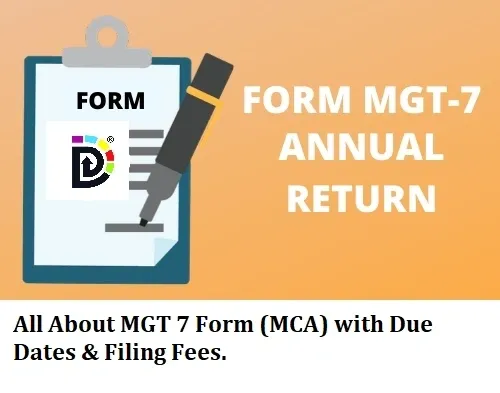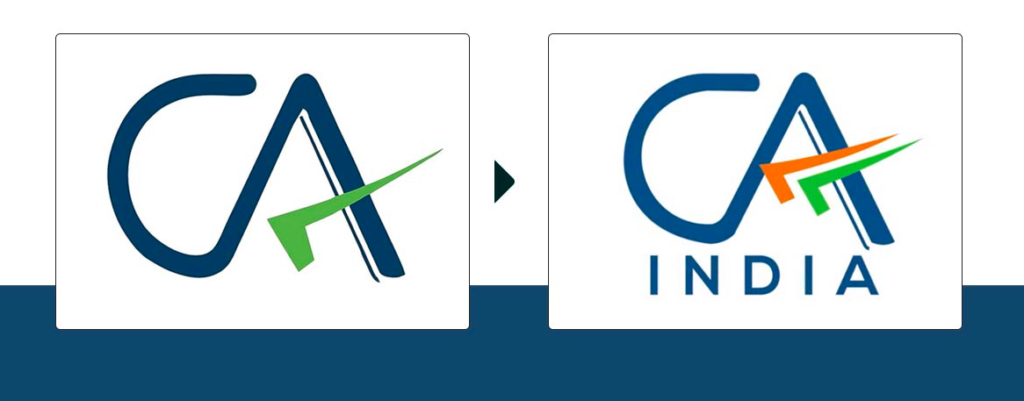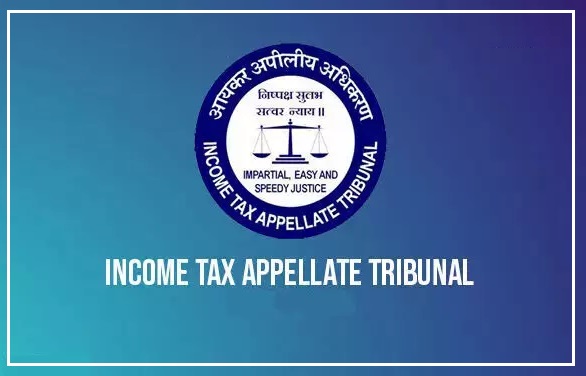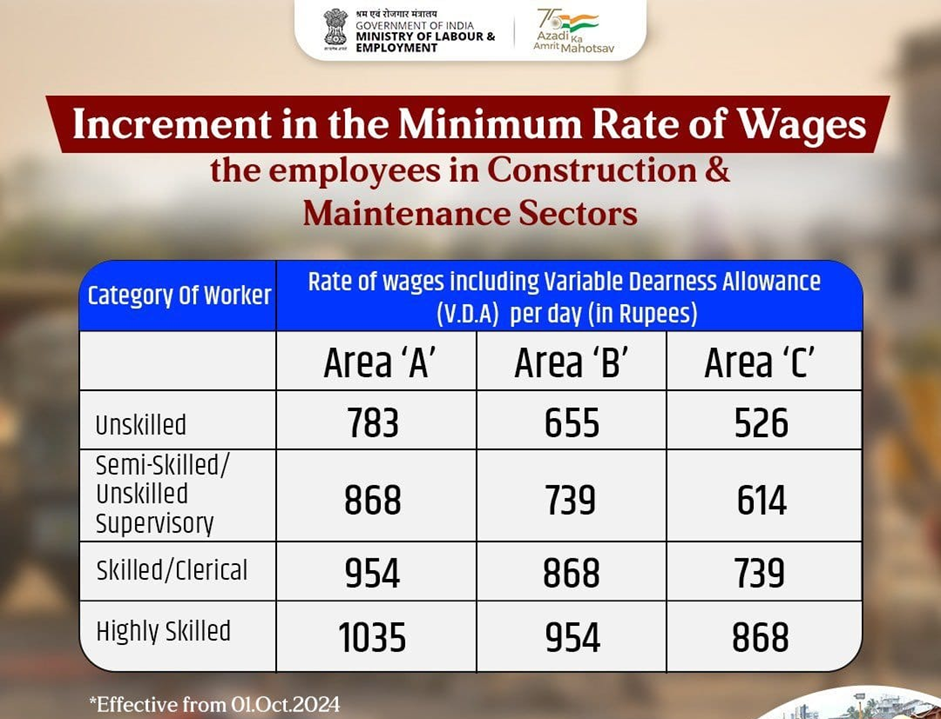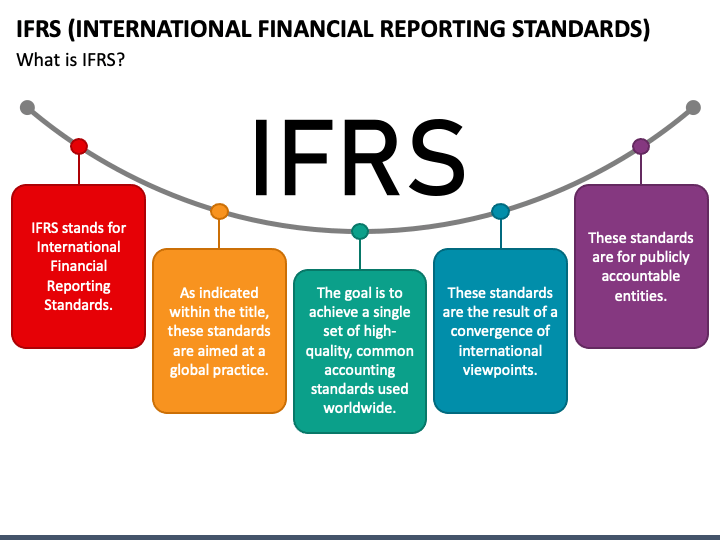TDS on Cash Withdrawals: Navigating the Changes in Section 194N

In recent years, the Indian government has made significant strides in promoting a digital economy and reducing cash transactions. One such measure is the introduction of Section 194N under the Income Tax Act, of 1961. This section, which deals with the deduction of tax at source (TDS) on cash withdrawals, has undergone several changes since its inception. Understanding these changes is crucial for businesses and individuals who frequently deal in cash. In this comprehensive article, we will explore Section 194N, its implications, and how to navigate the changes effectively.
Introduction to Section 194N
Contents
Section 194N was introduced by the Finance Act 2019 and became effective on September 1, 2019. The primary objective behind this provision is to curb the use of cash in large transactions and promote digital payments. Under this section, TDS is applicable on cash withdrawals exceeding a certain threshold in a financial year.
This section mandates that banks, cooperative societies, and post offices deduct TDS on cash withdrawals made by any individual, Hindu Undivided Family (HUF), company, firm, or any other person if the total amount exceeds the specified limit.
Applicability of Section 194N
Section 194N applies to cash withdrawals made by:
- An individual or HUF
- A company or firm
- A co-operative society or a local authority
- An Association of Persons (AOP) or a Body of Individuals (BOI)
- Any other person withdrawing cash from their bank account
However, there are certain exemptions under this section:
- Government bodies and authorities are exempt from the provisions of Section 194N.
- Banking companies and cooperative societies engaged in the business of banking are also exempt.
- Post Office Savings Accounts are not subject to TDS under Section 194N.
TDS Rates Under Section 194N
The rate of TDS under Section 194N depends on the nature of the taxpayer and the amount of cash withdrawn in a financial year. Here is a table that summarizes the applicable TDS rates:
| Category | Cash Withdrawal Threshold | TDS Rate |
|---|---|---|
| Persons who have filed ITRs for the past three years | Exceeds ₹1 crore | 2% of the amount exceeding ₹1 crore |
| Persons who have not filed ITRs for the past three years | Exceeds ₹20 lakh | 2% of the amount exceeding ₹20 lakh up to ₹1 crore |
| Exceeds ₹1 crore | 5% of the amount exceeding ₹1 crore |
Recent Amendments and Their Impact
The Finance Act, 2020 introduced significant Changes in Section 194N, especially regarding the threshold and TDS rates for individuals who have not filed their Income Tax Returns (ITRs) for the past three years. This amendment aims to enforce tax compliance and penalize non-filers.
Key Amendments:
- Reduction of the threshold limit: For non-filers, the threshold limit for TDS deduction was reduced to ₹20 lakh.
- Increased TDS rate for large withdrawals: If the cash withdrawal exceeds ₹1 crore for non-filers, the TDS rate is increased to 5%.
Impact on Taxpayers:
- Encouragement for ITR Filing: Individuals and businesses are encouraged to file their ITRs regularly to avoid higher TDS rates on cash withdrawals.
- Compliance Burden: Non-filers face a higher compliance burden, as they need to account for the additional TDS on large cash withdrawals.
Practical Examples and Scenarios
Let’s examine a few practical scenarios to understand how Section 194N operates:
Example 1:
- Scenario: Mr. A, a salaried individual, has filed his ITRs for the past three years. He withdraws ₹1.5 crore in cash from his bank account in a financial year.
- Outcome: Since Mr. A is a regular ITR filer, TDS will be deducted at 2% on the amount exceeding ₹1 crore. Therefore, TDS on ₹50 lakh (₹1.5 crore – ₹1 crore) will be ₹1 lakh (₹50 lakh * 2%).
Example 2:
- Scenario: ABC Pvt. Ltd. has not filed its ITRs for the past three years. The company withdraws ₹75 lakh in cash.
- Outcome: Since ABC Pvt. Ltd. is a non-filer, TDS will be deducted at 2% on the amount exceeding ₹20 lakh. Therefore, TDS on ₹55 lakh (₹75 lakh – ₹20 lakh) will be ₹1.1 lakh (₹55 lakh * 2%).
Example 3:
- Scenario: XYZ Co-operative Society withdraws ₹1.2 crore in cash. The society has not filed ITRs for the past three years.
- Outcome: TDS will be deducted at 2% on the amount exceeding ₹20 lakh up to ₹1 crore (₹80 lakh) and 5% on the amount exceeding ₹1 crore (₹20 lakh). Therefore, total TDS will be ₹1.9 lakh (₹80 lakh * 2% + ₹20 lakh * 5%).
These examples illustrate how different scenarios affect the calculation and deduction of TDS under Section 194N.
Compliance and Reporting Requirements
To ensure compliance with Section 194N, both the taxpayer and the deductor (bank, co-operative society, or post office) must adhere to specific reporting requirements:
Banks and Other Deductors:
- Must deduct TDS at the applicable rate when the cash withdrawal exceeds the threshold limit.
- Must report the deducted TDS in the quarterly TDS returns (Form 26Q).
Taxpayers:
- Must ensure that the TDS deducted is reflected in their Form 26AS.
- Can claim a refund for the excess TDS deducted if their total tax liability is less than the TDS amount.
Penalties for Non-Compliance:
- Failure to deduct or remit TDS can result in penalties for the deductor, including interest and late fees.
- Non-compliance with TDS provisions can also attract scrutiny from tax authorities.
Strategies to Minimize TDS Impact
Businesses and individuals can adopt several strategies to minimize the impact of TDS under Section 194N:
Regular ITR Filing:
- Ensure that ITRs are filed regularly to avoid higher TDS rates. This is especially important for businesses and high-net-worth individuals who frequently withdraw large sums of cash.
Digital Payments:
- Minimize cash transactions and adopt digital payment methods where possible. This not only reduces the need for cash withdrawals but also promotes transparency.
Monitor Cash Withdrawals:
- Keep track of cash withdrawals throughout the financial year to ensure they stay below the threshold limit, thereby avoiding TDS deductions.
Proper Planning:
- Plan withdrawals strategically. For instance, spreading out cash withdrawals over time can help keep the total amount below the threshold limit.
Here’s a table summarizing these strategies:
| Strategy | Description |
|---|---|
| Regular ITR Filing | File ITRs consistently to avoid higher TDS rates. |
| Digital Payments | Use digital payments to minimize cash transactions and withdrawals. |
| Monitor Withdrawals | Keep track of cash withdrawals to stay within the threshold limit. |
| Proper Planning | Plan and spread out withdrawals strategically to reduce TDS liability. |
Conclusion
The introduction and subsequent amendments to Section 194N reflect the government’s ongoing efforts to discourage cash transactions and promote a more transparent, digital economy. While the provision may seem burdensome to some, it serves as an important tool in curbing the circulation of unaccounted money.
Understanding the nuances of Section 194N is crucial for businesses and individuals who frequently deal in cash. By staying informed about the latest changes in section 194N, complying with reporting requirements, and adopting strategies to minimize TDS impact, taxpayers can navigate this provision effectively and avoid unnecessary financial strain.
As the Indian economy continues to evolve, taxpayers need to remain proactive in their tax planning. At File With CA, we are committed to helping our clients understand and comply with tax laws, ensuring that they can focus on their business while we handle the complexities of tax compliance.


